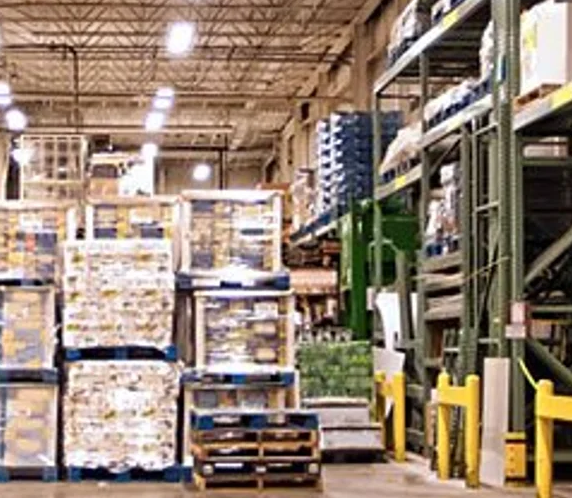Rotomolding, often known as Rotomolding, is actually a producing process that utilizes high conditions and a slowly turning fungus to make plastic material products of numerous styles and sizes. The procedure is traditionally used in numerous sectors, which include automotive, aerospace, foods, and health care and others. However, in spite of its reputation, the process is not really well-recognized, with many folks still asking yourself what rotational molding is about. In this post, we will demystify rotational molding and take you through all that you should know of the process.
Comprehending Rotational Molding Approach
The entire process of rotational molding involves several techniques, starting with the prep of the mold. When the fungus is ready, it is then full of plastic material resin and warmed up until the resin melts and layers the interior wall space of your mildew. The mildew will then be rotated slowly within both the straight and horizontal directions, allowing the resin to evenly distribute and adhere to the fungus. The spinning mold is then cooled, the plastic shrinks and solidifies, along with the done product is removed.
Great things about Rotational Molding Method
Probably the most considerable advantages of the rotational molding method is its versatility. The procedure can create a array of measurements, shapes, and surface coatings, making it ideal for various market sectors and apps. An additional benefit of rotational molding is it can make complicated aspect geometries, producing the procedure perfect for many higher-functionality programs. Furthermore, molds can be created employing many different supplies, including lightweight aluminum, metal, and cast metal, permitting cost-effective layout iterations and volume manufacturing.
Resources Used in Rotational Molding
Materials used in rotational molding consist of an array of plastic material resins, which include polyethylene, polypropylene, PVC, and nylon. Each resin has diverse attributes and features, rendering it appropriate for distinct programs. Polyethylene is considered the most popular materials used in rotational molding due to the affordability, toughness, and resistance to chemicals. Additionally it is light and highly versatile, making it perfect for use in vehicle and underwater software, along with children’s play ground products. Pvc material, however, is powerful, resilient, water resistant, and compound-tolerant, rendering it ideal for utilization in healthcare gear and food items finalizing industries.
Applications of Rotational Molding
Rotational molding has lots of programs across different sectors, including automotive, aerospace, marine, medical, and business. Inside the automotive market, rotational molding is utilized to generate numerous parts, which include car bumpers, gasoline tanks, and air flow ductwork. From the aerospace market, rotational molding is commonly used to produce light-weight, durable elements for aircraft. In the marine industry, rotational molding is commonly used to make affect-tolerant hulls, buoys, and dock floats.
Summary:
Rotational molding can be a adaptable and expense-successful production method that is used in numerous sectors. It permits producing complex and sturdy pieces with an array of sizes, forms, and surface surface finishes. Should you be looking for any reputable and inexpensive manufacturing approach to create plastic parts, rotational molding should be at the top of your checklist. Hopefully this article helps demystify the rotational molding procedure and given a far better comprehension of its rewards and programs.



